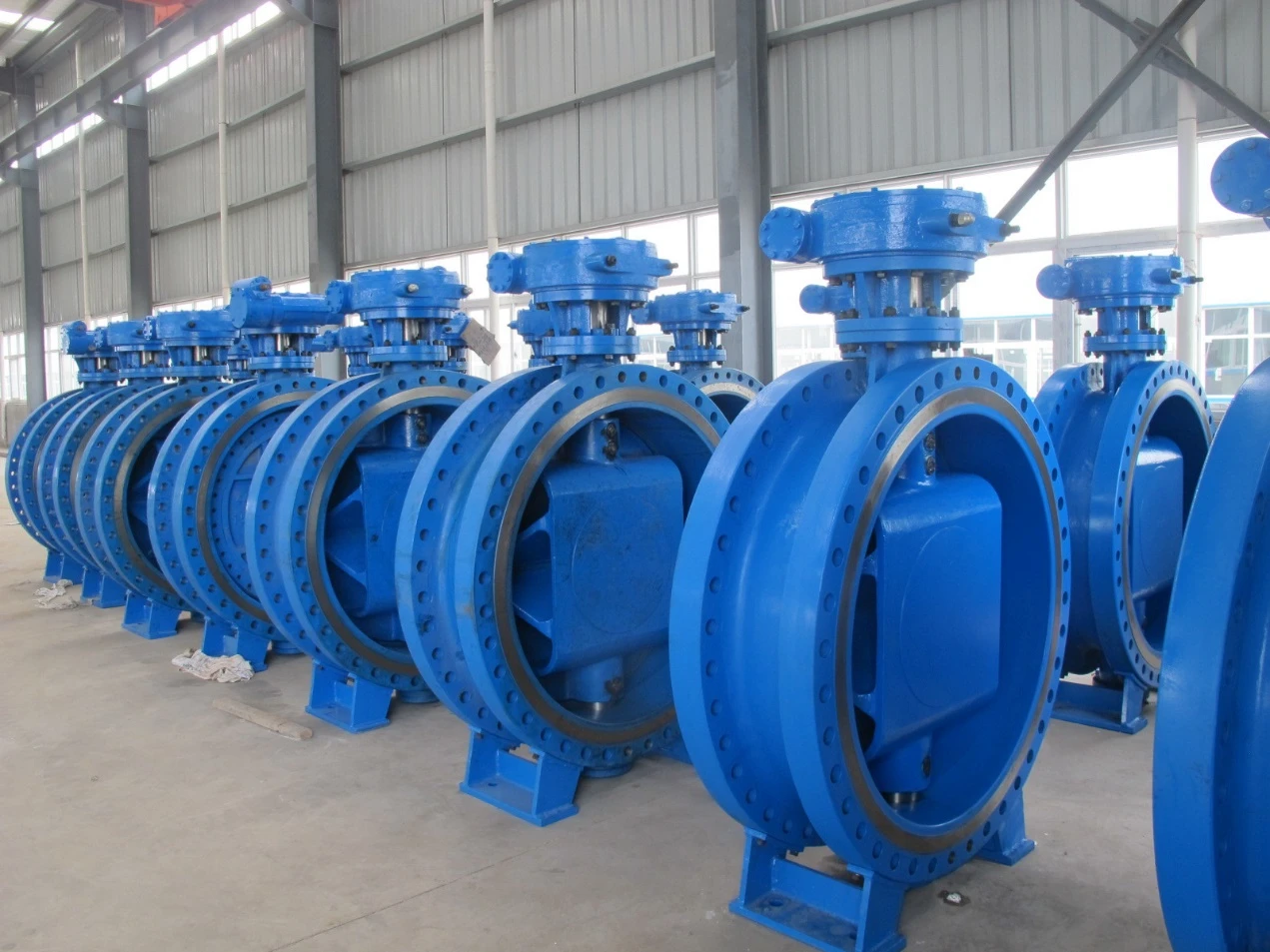अक्ट . 30, 2024 13:17 Back to list
butterfly valve
Understanding Butterfly Valves A Comprehensive Overview
Butterfly valves are essential components in various industrial applications, primarily used for regulating the flow of fluids. Their distinctive design, which consists of a rotating disc (or butterfly) positioned in the center of the valve body, facilitates control over the flow rate and direction. The valve's simplicity and efficiency have made it a popular choice across multiple sectors, including water treatment, oil and gas, and HVAC systems.
One of the key advantages of butterfly valves is their low weight and compact design. Unlike traditional gate valves, which can be bulky and cumbersome, butterfly valves offer a streamlined alternative that requires less installation space. This makes them particularly appealing for applications in tight spaces or where weight is a critical factor.
In operation, butterfly valves allow for quick opening and closing. When the valve is fully opened, the disc is aligned parallel to the flow, resulting in minimal pressure drop and resistance. Conversely, when the valve is closed, the disc rotates to a perpendicular position, effectively obstructing the flow. This quick action is especially useful in scenarios that necessitate rapid fluid control, such as emergency shutdowns.
butterfly valve

Butterfly valves can be operated manually, pneumatically, or electrically. Each method has its advantages, depending on the application's requirements. Manual valves are straightforward and cost-effective, while pneumatic and electric actuators offer the benefit of automation, improving response times in dynamic systems.
Materials used in butterfly valve construction vary based on the intended application and the type of fluid being controlled. Common materials include stainless steel, cast iron, and polymers. For aggressive or corrosive fluids, valves may be lined with materials such as EPDM or PTFE to enhance durability and resistance to chemical damage.
However, like any mechanical device, butterfly valves have their limitations. They are generally unsuitable for throttling applications at high pressure or temperature, where precision flow control is critical. Additionally, the disc design can create turbulence when partially open, affecting flow characteristics in specific applications.
Overall, butterfly valves are a reliable and versatile solution for fluid control across various industries. Their simple design, quick operation, and adaptability to different fluid types make them invaluable in modern engineering. As industries continue to innovate and evolve, the role of butterfly valves is likely to expand, emphasizing their importance in efficient and effective fluid management systems.
-
Why Metric Trapezoidal Thread is Ideal for Precision Motion ControlNewsAug.05,2025
-
The Unique Properties of a Block of Granite for Industrial UseNewsAug.05,2025
-
The Role of Flanged Y Strainers in Preventing Pipeline ClogsNewsAug.05,2025
-
The Importance of Regular Calibration for Master Ring GagesNewsAug.05,2025
-
How a Cast Iron Surface Table Enhances Accuracy in ManufacturingNewsAug.05,2025
-
Comparing Different Check Valve Types for Optimal Flow ControlNewsAug.05,2025
Related PRODUCTS









